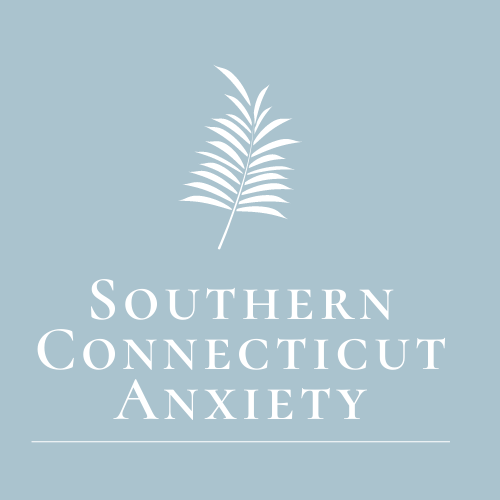
Understanding Anxiety
Anxiety
Anxiety is a normal response by the body, and something that everyone experiences from time to time. It’s that uncomfortable feeling of uneasiness, distress, or dread you feel before a significant event. You might also have physical symptoms when you experience anxiety, which can include a rapid heart rate, nausea, sweating, shortness of breath, tightness in your chest, trouble sleeping, and shaking. Anxiety can function to help you prepare for life’s many challenging situations; however, it can become a problem if it starts interfering with your work, school, relationships, social life, and general daily life.
Anxiety can feel very debilitating and overwhelming, but it is also very treatable with therapy. We can work together to help you learn how to cope with distressing emotions, and improve your quality of life so that you're no longer feeling limited by your anxiety.
The Anxiety and Depression Association of America can provide you with more information on anxiety and related disorders.
Generalized Anxiety Disorder (GAD)
GAD is a common mental health condition and involves excessive anxiety or worry about a broad range of concerns (such as relationships, money, work, health, etc). Sometimes just the thought of getting through the day produces anxiety. People with GAD can find it difficult to control their worry and don’t always know how to stop the worry cycle, even though they usually realize that their anxiety is more intense than the situation warrants. All anxiety disorders typically involve difficulty tolerating uncertainty and therefore many people with GAD try to plan or control situations. At times, people can struggle with physical symptoms such as stomachaches and headaches. We can utilize cognitive behavior therapy to target the underlying thinking patterns that fuel the anxiety and incorporate mindfulness based approaches (including breathing exercises, guided imagery training, and progressive muscle relaxation) to provide alternative coping skills for managing worry and anxiety.
Panic Disorder
Panic disorder is diagnosed in people who experience spontaneous seemingly out-of-the-blue panic attacks and are very preoccupied with the fear of a recurring attack. Panic attacks occur unexpectedly, sometimes even when waking up from sleep. Panic attacks result in a strong fight-or-flight response with symptoms including pounding heart, shallow breathing, feeling faint, sweaty, weak, or dizzy. You may feel a tingling or numbness in your hands and you might feel flushed or chilled. Nausea, chest pain, or fear of impending doom or loss of control are also common during a panic attack. My approach to treatment includes gradual exposure therapy while also working on strengthening your current coping skills.
Social Anxiety
The defining feature of social anxiety, also called social phobia, is intense anxiety or fear of being judged, negatively evaluated, or rejected in a social or performance situation. People with social anxiety may worry about acting or appearing visibly anxious (e.g., blushing, stumbling over words), or being viewed as stupid, awkward, or boring. As a result, they often avoid social or performance situations, and when a situation cannot be avoided, they experience significant anxiety and distress. Many people with social anxiety also experience strong physical symptoms, such as a rapid heart rate, nausea, and sweating. People with social anxiety often feel powerless against their anxiety. My approach to treatment utilizes CBT with gradual exposure therapy techniques while also incorporating mindfulness practices (such as guided imagery and progressive muscle relaxation) to help individuals cope with triggering situations and thoughts.
Specific Phobias
People with a specific phobia work hard to avoid common places, situations, or objects. Some examples of specific phobias can include fear of flying, illness, heights, vomiting, needles, and elevators. The fear may not make any sense, but they can feel powerless to stop it. People who experience these seemingly excessive and unreasonable fears in the presence of or in anticipation of a specific object, place, or situation have a specific phobia. Having phobias can disrupt daily routines, limit work efficiency, reduce self-esteem, and place a strain on relationships because people will do whatever they can to avoid the uncomfortable and often terrifying feelings of phobic anxiety. I integrate CBT with gradual exposure therapy techniques that are specifically tailored to your anxiety.
